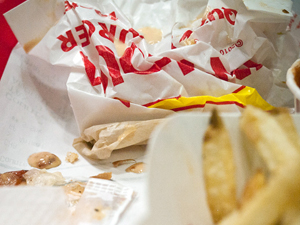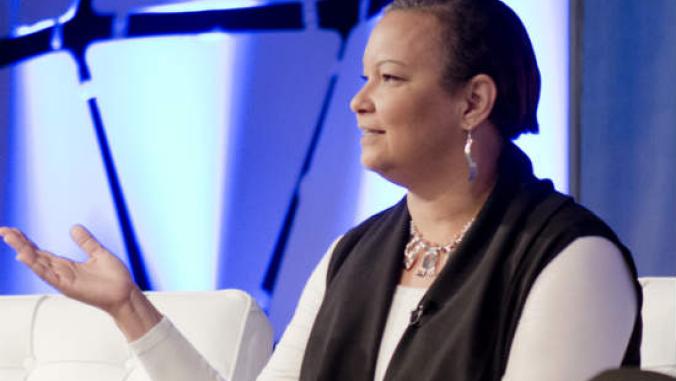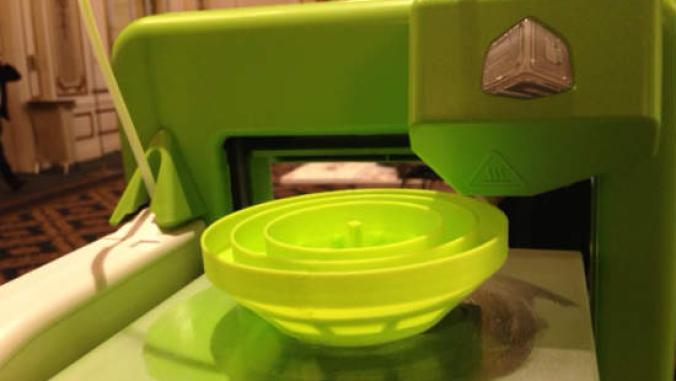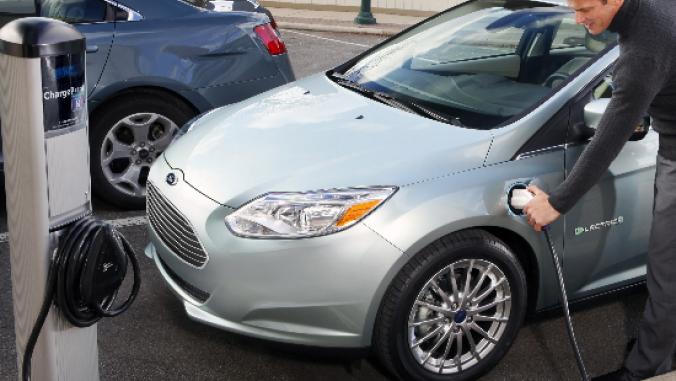Fast Food Packaging Study Finds McD's, Starbucks are Green Leaders
<p>McDonald's and Starbucks stand out at leading examples of what fast food companies should do to lower the impacts of their packaging.</p>

The work McDonald's and Starbucks have done to make their packaging more recyclable or reduce the amount of material they use have earned them high praise from the Dogwood Alliance.
In its latest report, "Greening Fast Food Packaging," the environmental group lays out eight steps to help companies move to more sustainable packaging, illustrated with actions already being taken by major brands.
With a heavy focus on the most prevalent fast food packaging material, paper, the report urges the use of less paper, new designs to make more-efficient packaging, increased use of recycled content, avoidance of paper from controversial sources and more in-store recycling.
 McDonald's has reduced the paper in its napkins by 21 percent, and in the U.K. it cut out 84 tons of paper in 2010 by reducing the size of bun tray liners. And Pizza Hut has reduced paper in pizza boxes by 15 percent over the last 10 years.
McDonald's has reduced the paper in its napkins by 21 percent, and in the U.K. it cut out 84 tons of paper in 2010 by reducing the size of bun tray liners. And Pizza Hut has reduced paper in pizza boxes by 15 percent over the last 10 years.
Starbucks, meanwhile, has taken a number of steps toward its goal of providing only reusable or recyclable cups by 2015. The company ran a contest to gather ideas, offers discounts when customers use reusable mugs and containers, and has tested how its cups fare in various recycling systems.
The Dogwood Alliance's eight step to making packaging more environmentally friendly include:
1. Embrace corporate leadership on sustainability: Adopt an environmental packaging policy and get buy-in from leadership.
2. Use a full life cycle and supply chain approach: Determine the complete scope of impacts from packaging along the entire supply chain.
3. Reduce overall packaging and increase efficiency: Minimize packaging, make it lighter.
4. Increase use of recycled fiber
5. Eliminate paper from controversial forestry practices (with this step, Dogwood Alliance wades into the ongoing debate on sustainable forestry, urging companies should use only paper certified by the Forest Stewardship Council and avoid paper certified by the Sustainable Forestry Initiative.)
6. Increase in-store recycling and recovery: Provide recycling within restaurants and encourage recycling when customers take packaging away.
7. Eliminate toxic inks and labels.
8 Reduce carbon footprint: Make transportation more efficient through better shipping setups and fuel-efficient vehicles.
Along with a wealth of examples of what companies are doing at each step, the report lists out a number of short-, middle- and long-term strategies for each of the eight key areas, ending with a sample survey to get companies thinking about the things they should find out about their packaging from manufacturers.
Fast food wrapper photo CC-licensed by Vivian Chen.





